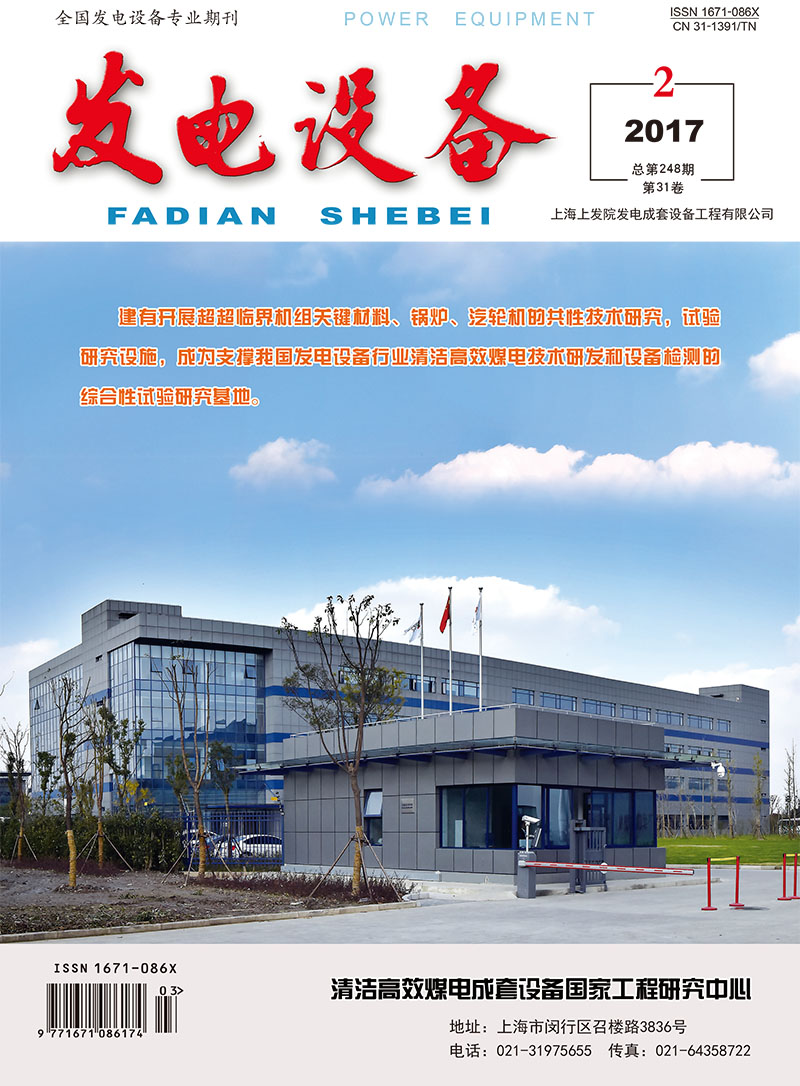Liu Qianju, Tang Jian, Zhang Shuai
2017, 31(2): 137-139,144.
To solve the problem of low oil pressure existing in the lifting oil system of a F class gas turbine combined cycle power unit during erection, commissioning, or after long-term shutdown of the gas turbine, leading to improper interlock start-up of the standby pump, which could not be put into operation again in the case of normal operation, or once a failure is encountered by the main pump, an analysis and on-site inspection & testing were carried out to the lifting oil system, so as to improve its technological process and optimize the structure, and finally to enhance the safety of the power unit.
